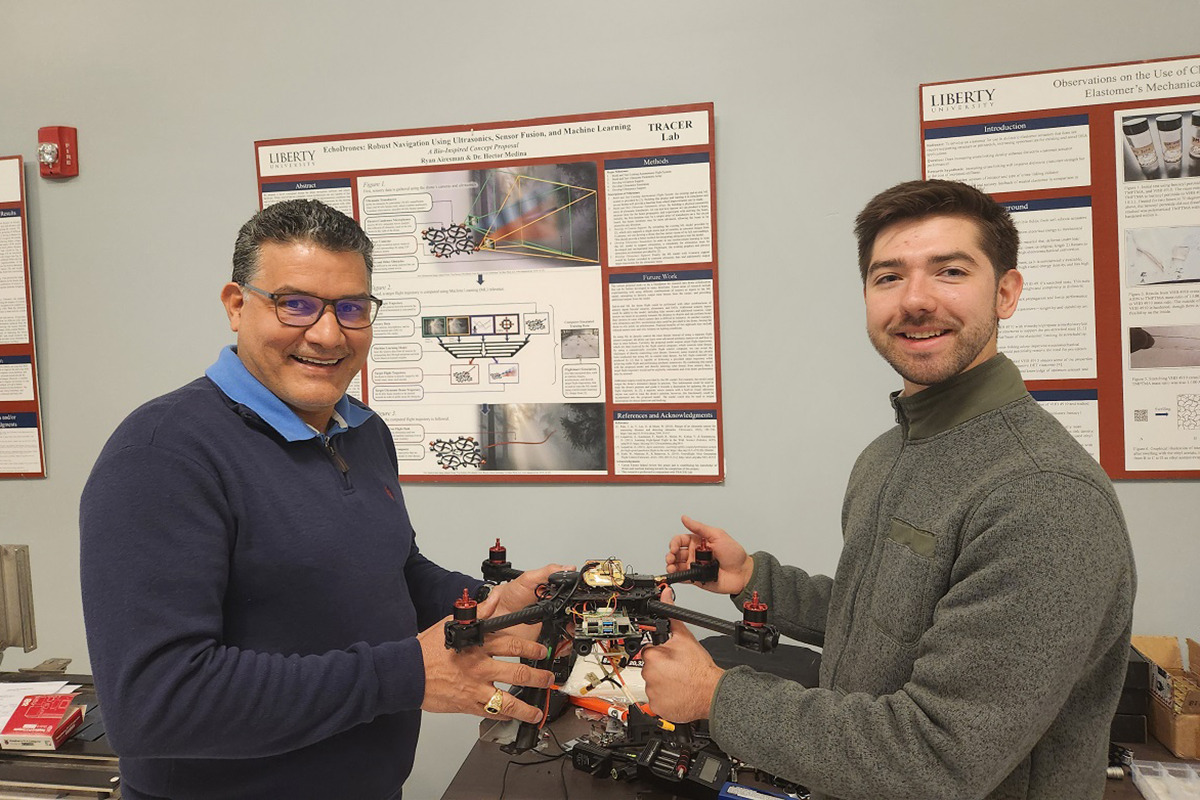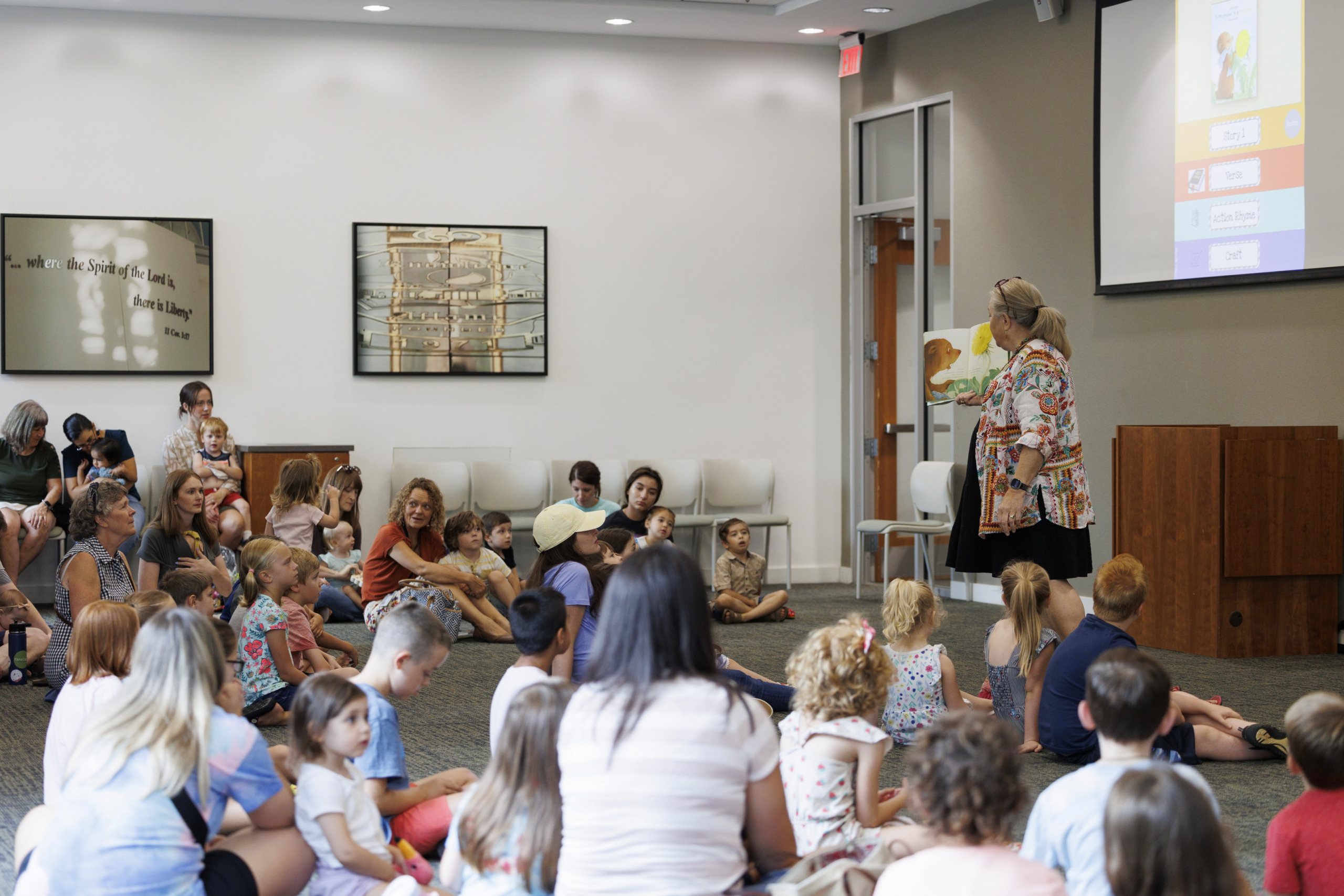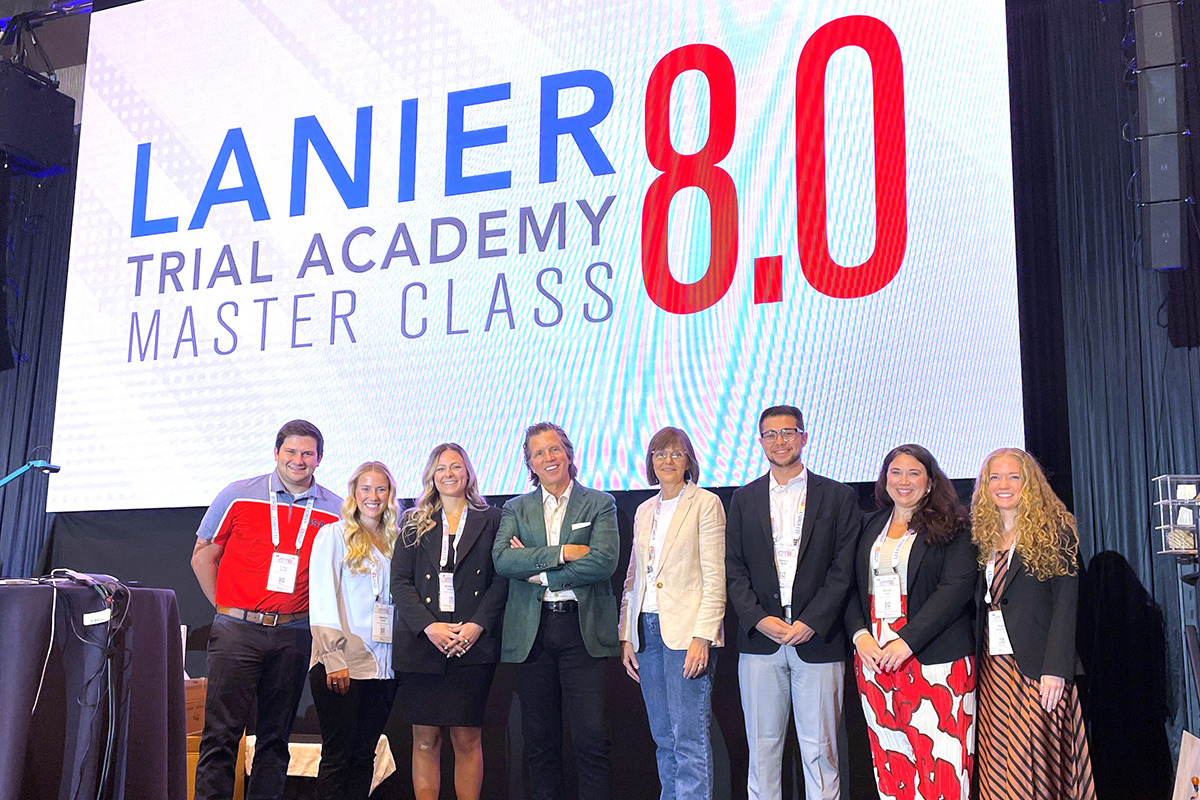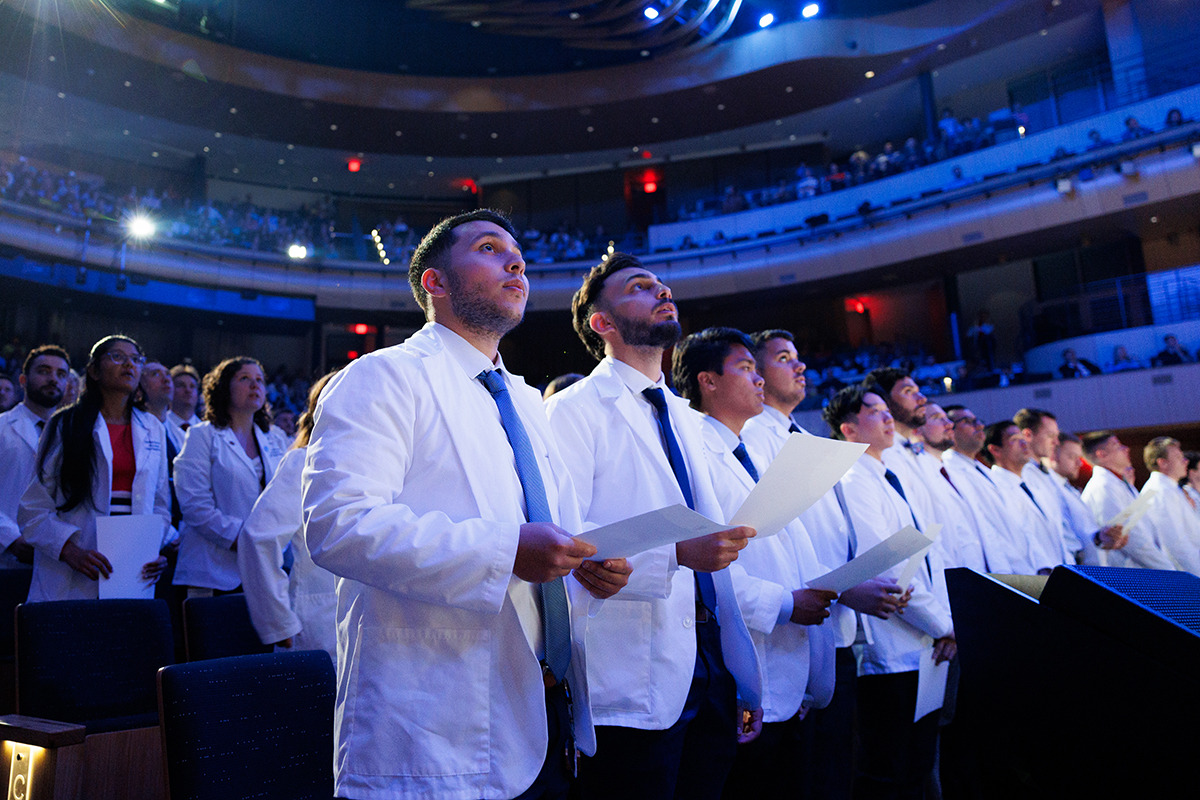Search News Archives
Filter News Articles
Additional Navigation
Engineering student first from Liberty to receive National Science Foundation Graduate Research Fellowship
April 28, 2023 : By Ted Allen - Office of Communications & Public Engagement

Ryan Airesman, who will graduate in May with a B.S. in Computer Engineering, recently became the first Liberty University recipient of a Graduate Research Fellowship from the National Science Foundation.
The grant will award him nearly $150,000 to cover his tuition costs and research stipends over the next three years as he begins his Ph.D. in Engineering at Liberty this summer under the supervision of mechanical engineering Professor Dr. Hector Medina.
In 2020, only 16 percent of nearly 13,000 student applicants from across the United States were awarded this prestigious fellowship.
Airesman’s scholarship will support his research in the School of Engineering’s TRACER (Translational Robotics and Controls Engineering Research) Lab, directed by Medina out of Liberty’s Center for Engineering Research & Education (CERE).
Currently, Airesman serves as an Undergraduate Research Assistant in the TRACER Lab, where Medina’s research group comprises both graduates and undergraduates studying engineering, math, and computer science.
Airesman has focused his research on exploring the requirements for the development of high-performance, in-air sonar technologies inspired by the extraordinary design and capabilities observable in echolocating animals, primarily bats.
“Ryan has been working with me on a research project aimed at biomimicking the navigation capabilities of the bat,” Medina said. “This is an idea that my research group (TRACER Lab) has been pondering for a while. As an undergraduate student, majoring in computer engineering, Ryan has shown evidence of being able to contribute towards advancing knowledge on this topic.”
Airesman’s undergraduate honors thesis delved into using in-air sonar as a way to improve agility and high-speed flight capabilities for drones in dense environments.
“We are looking forward to continuing to develop the capabilities of in-air sonar, a technology that will enable bat-like echolocation for a wide range of applications in diverse fields such as robotics, industrial automation, consumer electronics, surveillance, and disaster response,” Airesman said. “Currently, we are at the stage of conceptually designing sensor hardware and machine learning techniques to enable exciting capabilities such as drone flight with sonar, gesture recognition, and assistive devices for the disabled. We are thankful to the National Science Foundation for providing this opportunity.”
Medina said Airesman is passionate about realizing the many applications of in-air sonar in diverse fields and believes his background in computer engineering will be invaluable in the development of this advanced technology.
“The Ph.D. tasks and outcomes will be much more in-depth, novel, and contributive,” Medina said, noting that he and Airesman are currently writing another grant proposal. “Further areas of research will involve machine learning, computer vision, sensor fusion, and microelectromechanical system design.”
From April 13-15, Airesman and Medina presented the results of their preliminary analysis at the National Conference on Undergraduate Research (NCUR), the largest of its kind in the world, held at the University of Wisconsin-Eau Claire.


